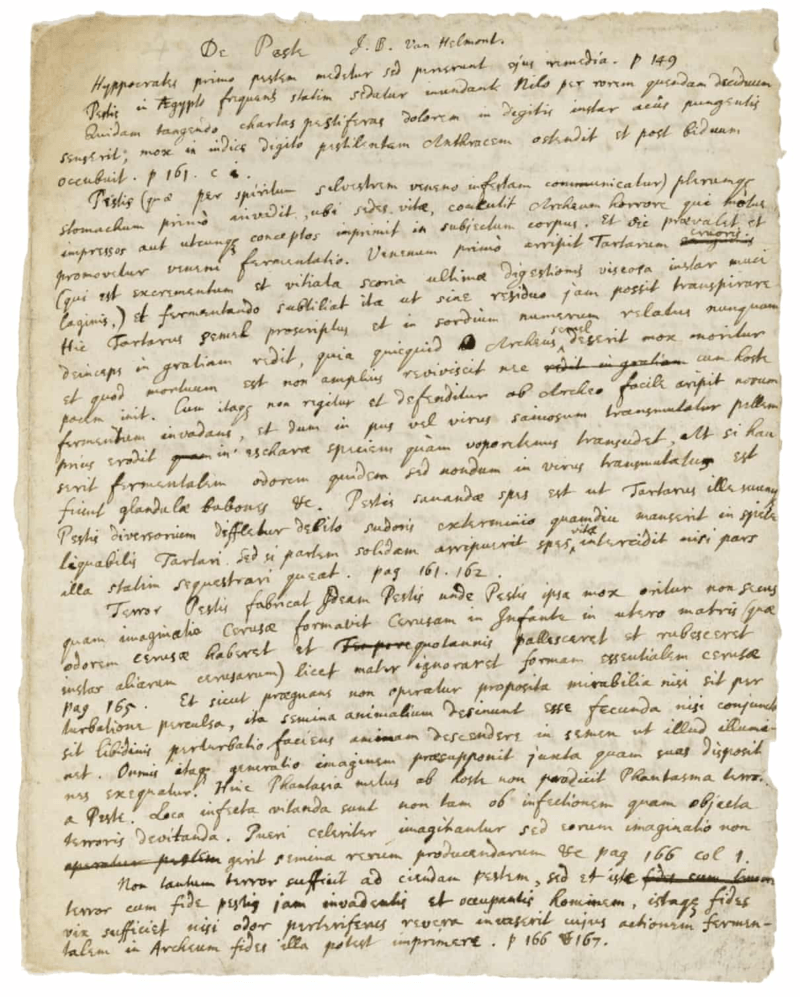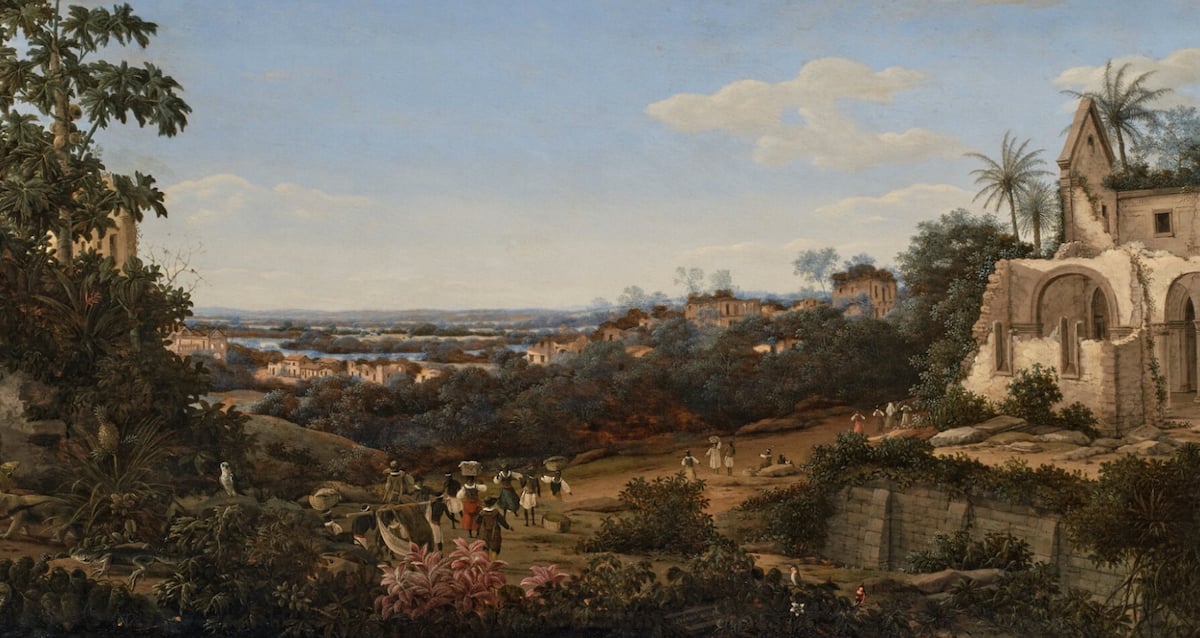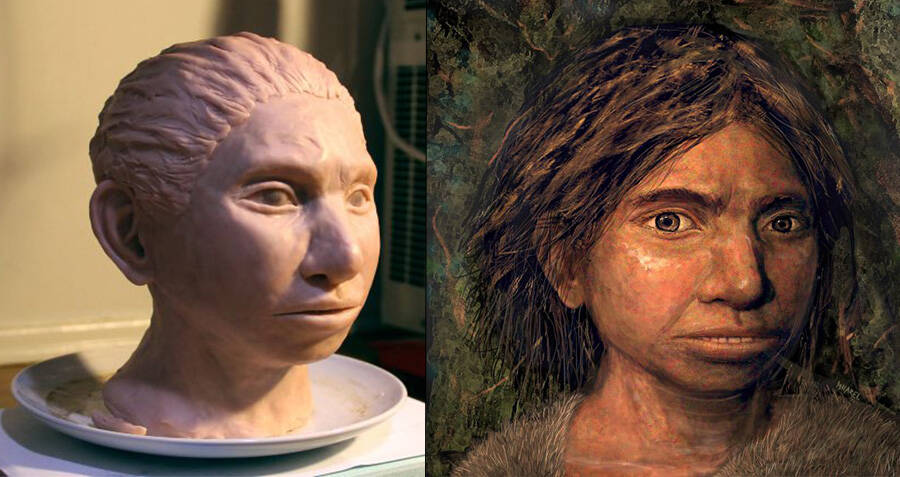The Bizarre Cure Isaac Newton Swore Could Defeat the Bubonic Plague—Made From Toad Vomit

Bonhams Fine Art Auctioneers and ValuersNewton claimed in his notes that his treatment “drove away the contagion and drew out the poison.”
Newton claimed that “the best” way to cure the plague was to suspend a toad “by the legs in a chimney for three days,” collect its vomit “with various insects in it, on to a dish of yellow wax,” and to then combine “powdered toad with [its] excretions” in order to make lozenges that would be “worn about the affected area” and “banish the contagion.”
As unsubstantiated as Newton’s suggestion was, supposed remedies like his abound in the time of pandemics. Nevertheless, the discovery is one of historic proportions. According to the auction house’s book specialist, Darren Sutherland, “Newton’s running notes represent the only significant writings on the subject by the world’s greatest scientific mind that we have been able to trace.”

Wikimedia CommonsTrinity College, Cambridge, as illustrated by David Loggan in 1690.
Isaac Newton had been a student at Trinity College in Cambridge when it closed its doors as a precaution against the bubonic plague. The disease killed an estimated 100,000 people in London in 1665 and 1666 alone. When Newton returned to Cambridge as a student in 1667, he became obsessed with the disease and Van Helmont’s study of it.
Meanwhile, Bonhams is aware of the timeliness of this sale and said that the notes are of “profound importance to the Newton body of work, as well as deeply meaningful within the present context.”
The notes were originally left to Newton’s niece, Catherine Conduitt, after his death in 1727. His vast archive remained in the family for 145 years. His descendent, Isaac Newton Wallop — who also happened to be the Fifth Earl of Portsmouth — donated the physicist’s work to Trinity College in 1872.














Post Comment